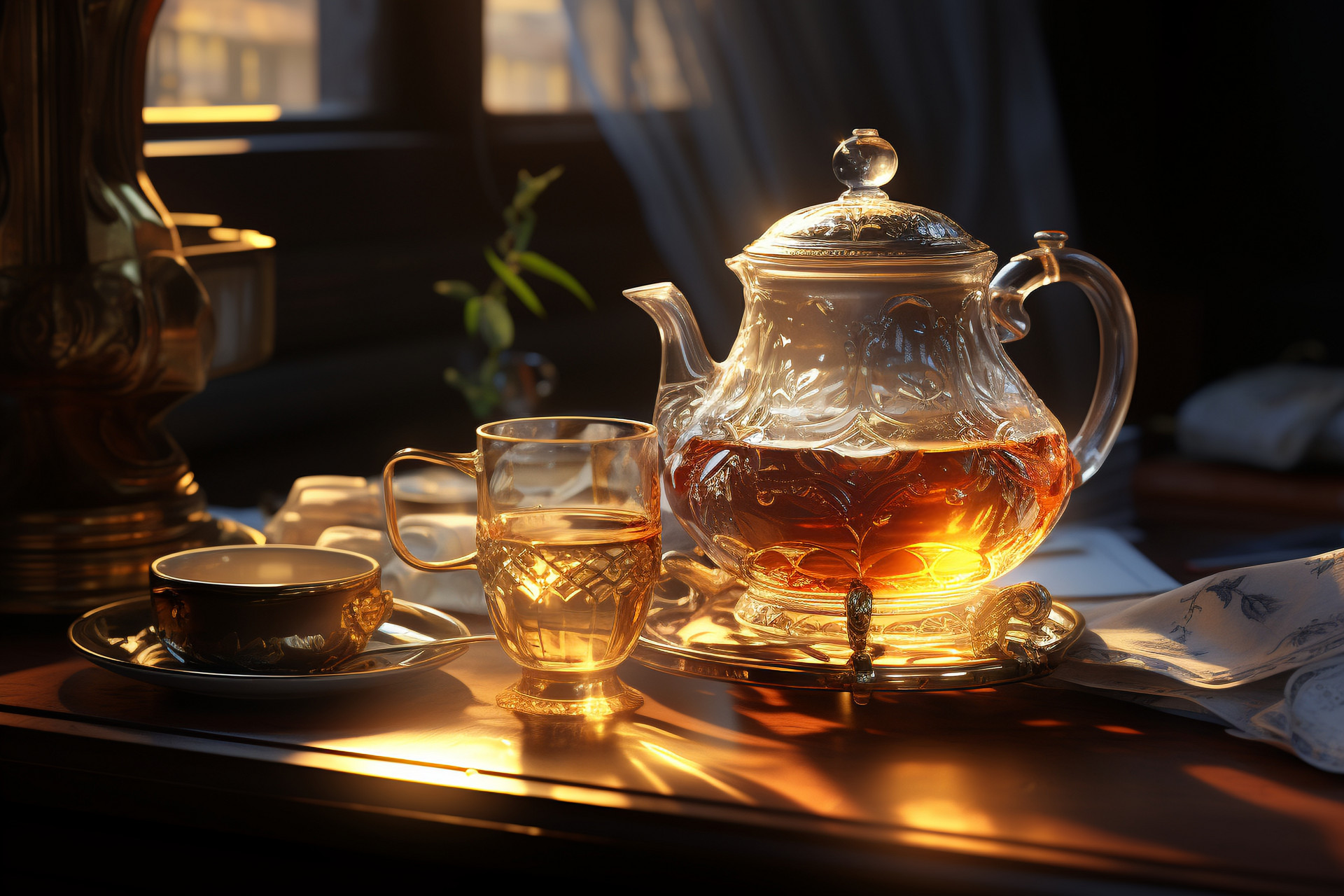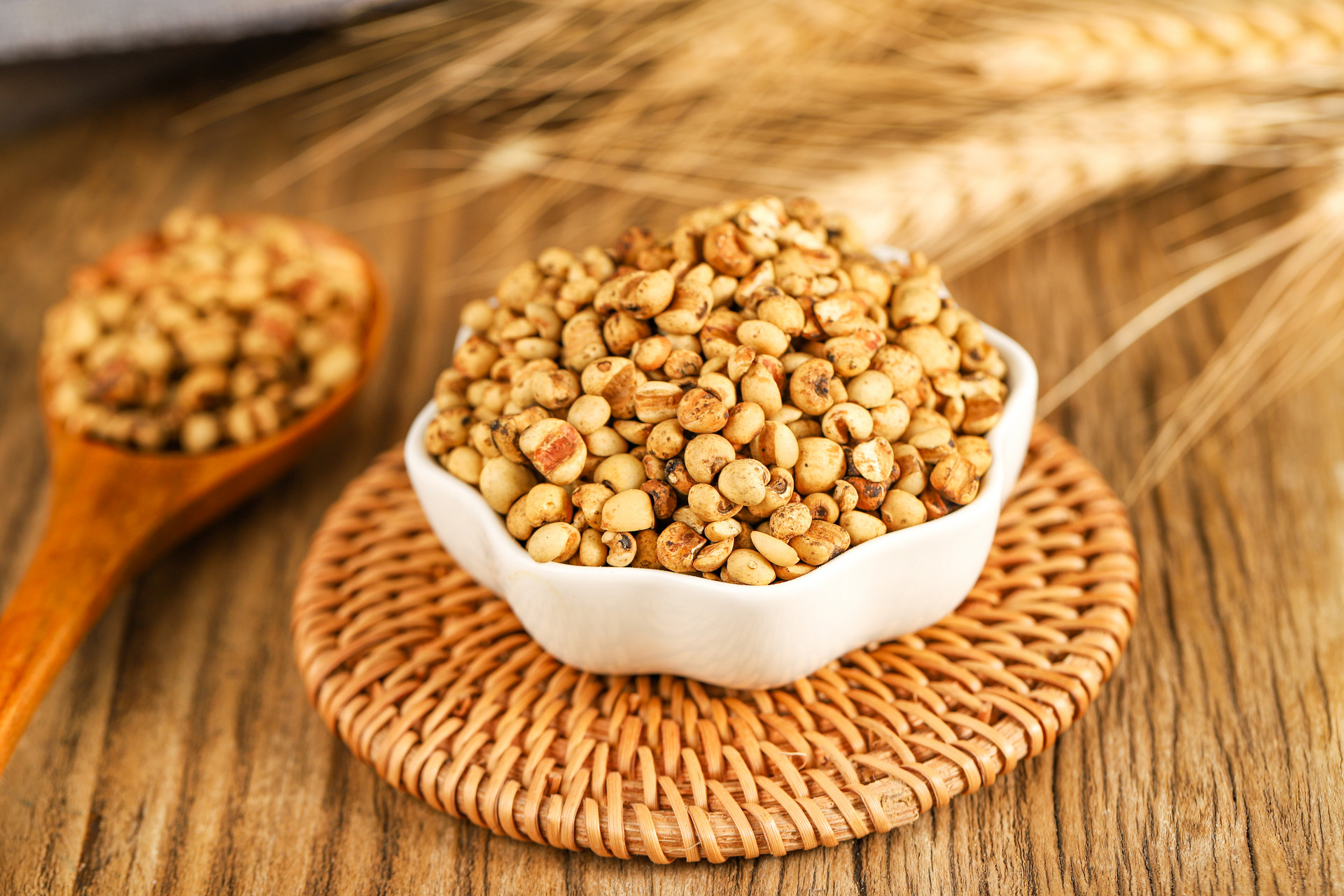- Home /
- TCM Health /
- Contents
What is the difference between Poria and Poria
Everyone Is Watching
-
 The Therapeutic Power of Fu Shen: Promoting Heart Health and Soothing the Mind
The Therapeutic Power of Fu Shen: Promoting Heart Health and Soothing the MindFu Shen is a traditional Chinese medicine derived from the plant Poria cocos. It has a sweet and mild taste and is known for its properties in promoting diuresis, strengthening the spleen, and
February 23, 2024 -
 Wheatgrass Tea: Nourishing the Heart and Calming the Mind
Wheatgrass Tea: Nourishing the Heart and Calming the MindWheatgrass Tea Introduction to Wheatgrass Tea: Wheatgrass is sweet, salty, and cool in nature. According to "Compendium of Materia Medica", it can "nourish qi, eliminate
February 23, 2024 -
 Enhancing Brain Function and Nourishing the Spleen: Walnut and Poria cocos Congee
Enhancing Brain Function and Nourishing the Spleen: Walnut and Poria cocos CongeeWalnut kernel is a "nourishing liver and kidney, strengthening muscles and bones" medicine. Walnut has high medicinal value and has the effects of invigorating the stomach, nourishing blood, moi
February 12, 2024 -
 Fu Shen: The Traditional Chinese Medicine for Calming the Mind and Nourishing the Heart
Fu Shen: The Traditional Chinese Medicine for Calming the Mind and Nourishing the HeartFu Shen is a traditional Chinese medicine product made from the plant Poria cocos. It has a sweet and mild taste and a neutral property. It has functions such as dampness permeation, spleen inv
January 23, 2024 -
 Poria Cocos: The Authentic Medicinal Fungus with Diuretic and Antitumor Properties
Poria Cocos: The Authentic Medicinal Fungus with Diuretic and Antitumor PropertiesPoria cocos, also known as pig's hoof fungus or wild boar food, is the dried sclerotium of the plant Poria cocos. It can be harvested throughout the year in the southern regions, while in the northern
January 16, 2024

Hot Picks
-
 1Chestnuts and Breastfeeding: What You Need to Know
1Chestnuts and Breastfeeding: What You Need to KnowChestnuts contain amino acids, vitamins, and other nutrients, making them highly nutritious. They also have cough suppressant and diuretic properties. Can breastfeeding mothers eat chestnuts? What s
November 23, 2023 -
 2How Many Baiguo Can Cause Poisoning and How to Safely Consume it
2How Many Baiguo Can Cause Poisoning and How to Safely Consume itBaiguo, also known as ginkgo fruit, contains various nutrients and can be both consumed as food and used in medicine. It has the effects of nourishing the lungs and relieving cough. However, poisoni
November 23, 2023 -
 3Massage Therapy: An Effective Treatment for Lumbar Sprains
3Massage Therapy: An Effective Treatment for Lumbar SprainsLumbar sprains often occur in the lumbar sacral region, sacroiliac joint, and bilateral sacral spinous muscles. When the lower back is exerted too forcefully or twisted excessively, or when there is
November 22, 2023 -
 4Using Massage Therapy to Alleviate Fever Caused by Startling in Babies
4Using Massage Therapy to Alleviate Fever Caused by Startling in BabiesPediatric fever is a common condition, which can be a standalone disease or caused by various illnesses. Some babies may even experience fever as a result of being startled. Many parents prefer to use
November 20, 2023 -
 5Massage Techniques for Mumps: Relieving Swelling and Pain
5Massage Techniques for Mumps: Relieving Swelling and PainMumps is an acute infectious disease caused by external pathogenic wind-heat toxins, which block the Shaoyang meridian and accumulate in the cheeks. Its clinical features include fever and diffuse s
November 20, 2023

